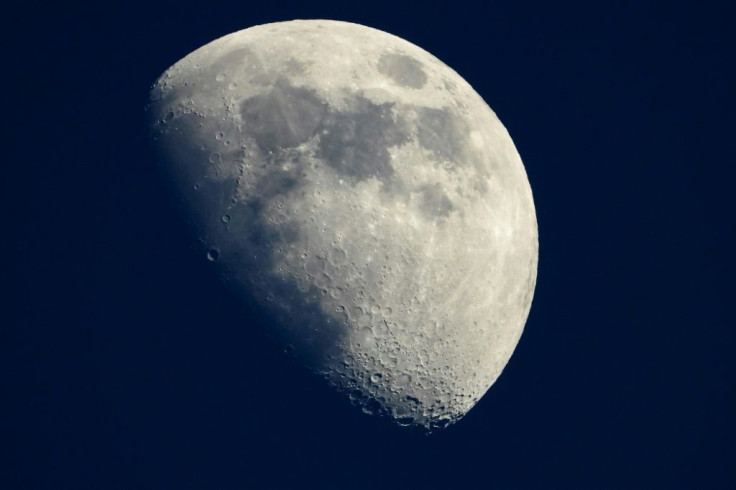Scientists Use Flying Telescope To Measure Moon’s Brightness

Scientists have launched a new project aimed at measuring the exact brightness of the Moon. Through a collaborative effort with NASA, the project involves equipping a high-altitude airplane with a special instrument that can provide the best measurements of the Moon’s brightness.
Despite the number of Earth and space-based instruments, scientists are still unsure as to how much light the Moon emits. Currently, calculations regarding the natural satellite’s brightness are still off by about 5 percent.
This issue is mainly due to the haze in Earth’s atmosphere, which can affect the observations of Earth-based telescopes. As for satellites, these instruments still can’t provide accurate measurements of the Moon’s brightness because conditions in space can cause their sensors to deteriorate over time.
As a solution, a team of scientists has developed a new tool known as the airborne Lunar Spectral Irradiance Instrument (air-LUSI) with funding from NASA. Last month, this instrument was launched aboard the agency’s ER-2 plane to observe the Moon from above the clouds.
From Nov. 13 to 17, the ER-2 plane flew about 70,000 feet above the ground in order to allow air-LUSI to gaze at the Moon to check just how bright the natural satellite really is.
According to Kevin Turpie of the University of Maryland, who serves as the air-LUSI project’s team leader, flying at this altitude avoids the common issues experienced by Earth-based satellites. It also provides the best view of the Moon without being affected by space conditions.
“When we’re up there, the atmosphere is not an issue,” he said according to Science News. “It’s getting much closer to viewing the moon as you would from space.”
Turpie noted that through air-LUSI, he and his team will be able to reduce the uncertainty in the Moon’s brightness measurements to just 1 percent. With this information, Earth-observing satellites that rely on the Moon to calibrate their sensors will be able to provide accurate data on various factors such as algal blooms, weather and crop health.
Currently, the air-LUSI team is still analyzing the results collected by the instrument. Their findings will most likely be presented in a new study in the near future.
© Copyright IBTimes 2025. All rights reserved.





















